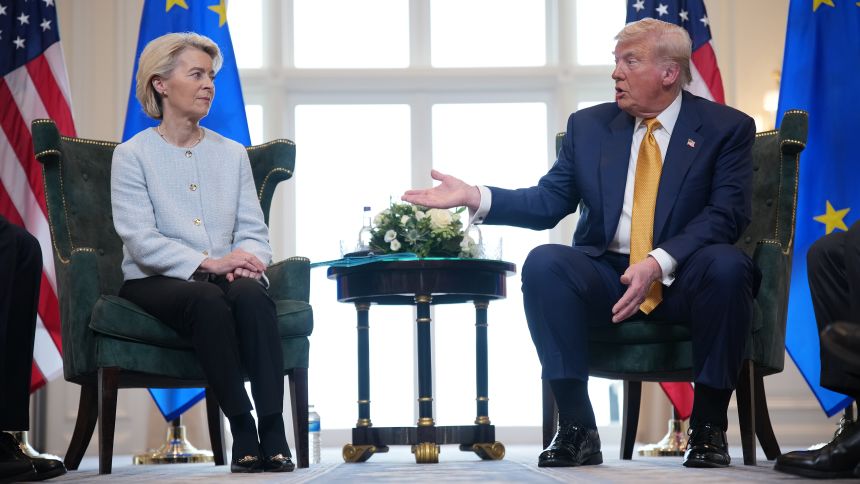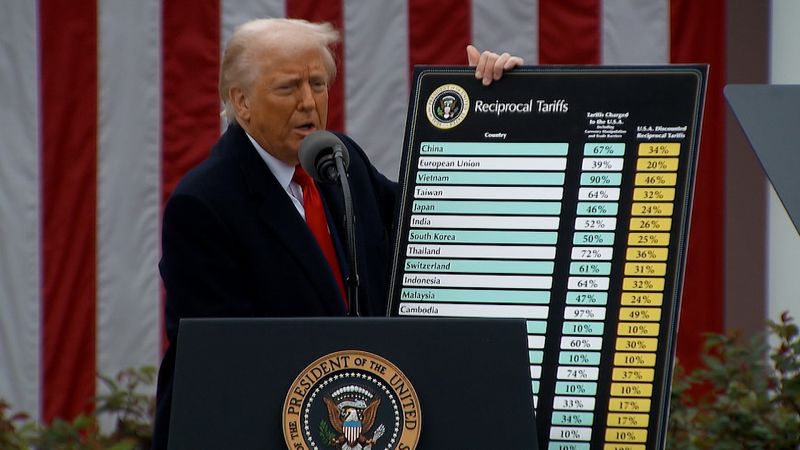
Trump's Trade Approach: Contrasting EU and China Strategies
Opinion | 7/30/2025
In recent trade negotiations, President Donald Trump’s approach towards the European Union starkly contrasts with his stance on China. While Trump has taken a confrontational stance towards the EU, his tactics towards China remain less forceful. This divergence in approach raises questions about the future of U.S. trade relations with both economic powerhouses.
The Trump administration’s hardline tactics with the EU have been evident in the imposition of tariffs on European goods and threats of further punitive measures. In contrast, the approach towards China has seen a more tempered tone, with negotiations ongoing and tariffs being used as leverage rather than as a primary tool. This distinction underscores the complexity of international trade relations and the differing strategies required when dealing with various global partners.
Experts point out that the EU, as a long-standing ally of the United States, faces a different dynamic in trade negotiations compared to China. The legal framework governing trade relations between the U.S. and the EU also plays a significant role in shaping the nature of these discussions, with established agreements and dispute resolution mechanisms in place.
While the Trump administration’s tough stance on trade has garnered mixed reactions domestically and internationally, the distinct approaches towards the EU and China highlight the multifaceted nature of global trade dynamics. The implications of these differing strategies on the broader economic landscape remain to be seen, with potential consequences for businesses, consumers, and geopolitical relationships.
As trade tensions continue to evolve on the global stage, the contrasting approaches towards the EU and China by the Trump administration underscore the complexities and challenges of navigating international trade relations in an increasingly interconnected world. Observers will be closely monitoring the outcomes of these negotiations to assess the long-term impact on the global economy and the future of U.S. trade policy.


